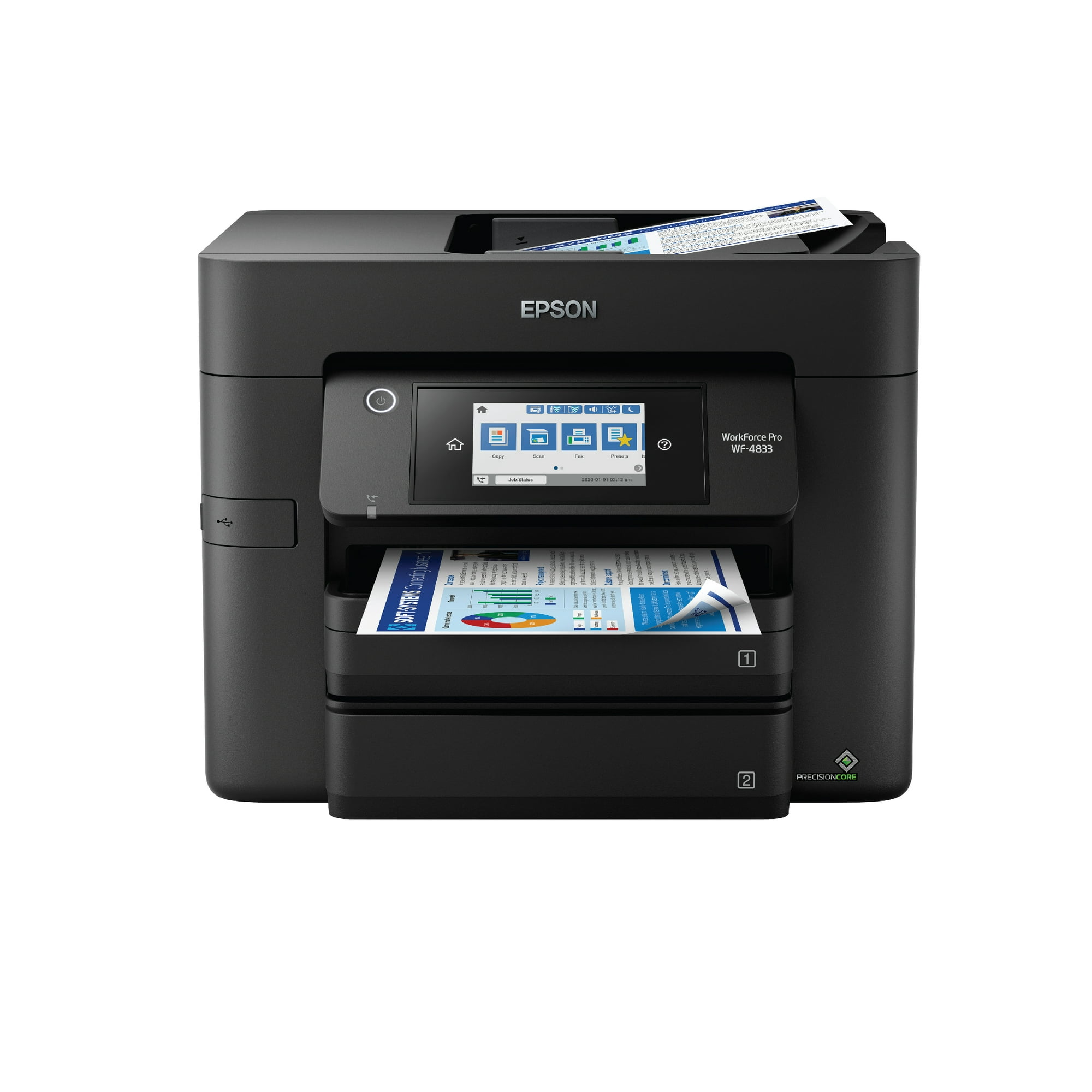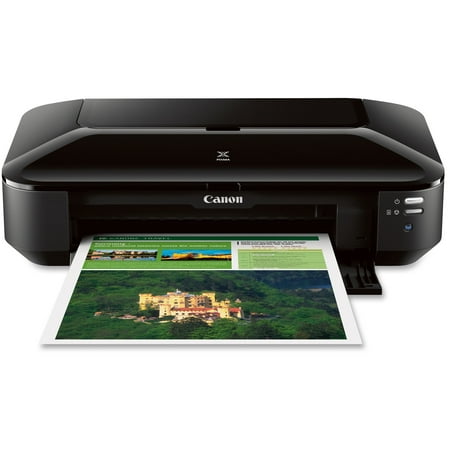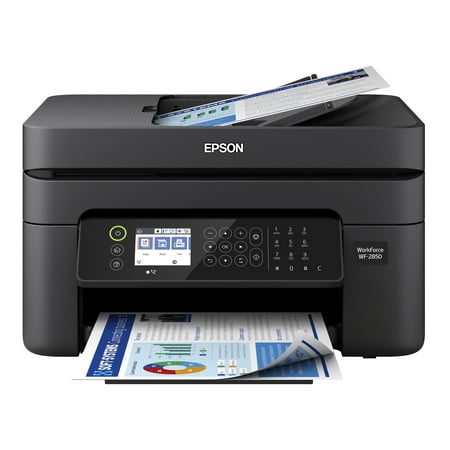Canon PIXMA TS3522 All-In-One Wireless InkJet Printer With Print, Copy and Scan Features
Simply print, copy, and scan with the PIXMA TS3520 Wireless All-in-One InkJet Printer. With BUILT-IN WIRELESS4 connectivity easily print from any room – from laptops, tablets, and smartphones. EASY SETUP including an improved Web Getting Started Guide to get you from box to print easier.
- Simply print, copy, and scan with the PIXMA TS3520 Wireless All-in-One InkJet Printer
- With BUILT-IN WIRELESS4 connectivity easily print from any room – from laptops, tablets, and smartphones.
- EASY SETUP including an improved Web Getting Started Guide to get you from box to print easier.
- Wi-Fi® setup with WIRELESS CONNECT easily connects to Wi-Fi® without a computer.3
- COMPACT DESIGN
- A HYBRID INK SYSTEM produces both sharp black text and colorful prints
- Dedicated REAR PAPER TRAY makes it fast and easy to load plain or photo paper
- Adjust settings on the 1.5″ SEGMENT LCD SCREEN with straightforward buttons.
- Print BORDERLESS PHOTOS5 up to 5″ x7″ and even 5″ x 5″ square photos
Additional information
| Manufacturer Part Number | 4977C042 |
|---|---|
| Model | TS3522 |
| Assembled Product Weight | 3.2 lb |
| Assembled Product Dimensions (L x W x H) | 15.74 x 7.71 x 19.20 Inches |
Copy may refer to:
- Copying or the product of copying (including the plural "copies"); the duplication of information or an artifact
- Cut, copy and paste, a method of reproducing text or other data in computing
- File copying
- Photocopying, a process which makes paper copies of documents and other visual images
- Fax, a telecommunications technology used to transfer facsimile copies of documents, especially over the telephone network
- Facsimile, a copy or reproduction that is as true to the original source as possible
- Replica, a copy closely resembling the original concerning its shape and appearance
- Term of art in U.S. copyright law meaning a material object in which a work of authorship has been embodied, such as a book
- Copy (command), a shell command on DOS and Windows systems
- Copy (publishing), written content in publications, in contrast to photographs or other elements of layout.
- The output of journalists and authors, ready for copy editing and typesetting
- The output of copywriters, who are employed to write material which encourages consumers to buy goods or services.
- Camera ready copy, term used in the commercial printing industry meaning that a document is, from a technical standpoint, ready to "go to press", or be printed.
- Copy (album), the debut album of the electronica artist Mitsuki Aira
- Copy (musician), the Portland-based electronic music artist
- "Copy", a procedure word or response indicating a satisfactory receipt of the last radio transmission
- COPY, a COBOL keyword
Wireless communication (or just wireless, when the context allows) is the transfer of information (telecommunication) between two or more points without the use of an electrical conductor, optical fiber or other continuous guided medium for the transfer. The most common wireless technologies use radio waves. With radio waves, intended distances can be short, such as a few meters for Bluetooth, or as far as millions of kilometers for deep-space radio communications. It encompasses various types of fixed, mobile, and portable applications, including two-way radios, cellular telephones, personal digital assistants (PDAs), and wireless networking. Other examples of applications of radio wireless technology include GPS units, garage door openers, wireless computer mouse, keyboards and headsets, headphones, radio receivers, satellite television, broadcast television and cordless telephones. Somewhat less common methods of achieving wireless communications involve other electromagnetic phenomena, such as light and magnetic or electric fields, or the use of sound.
The term wireless has been used twice in communications history, with slightly different meanings. It was initially used from about 1890 for the first radio transmitting and receiving technology, as in wireless telegraphy, until the new word radio replaced it around 1920. Radio sets in the UK and the English-speaking world that were not portable continued to be referred to as wireless sets into the 1960s. The term wireless was revived in the 1980s and 1990s mainly to distinguish digital devices that communicate without wires, such as the examples listed in the previous paragraph, from those that require wires or cables. This became its primary usage in the 2000s, due to the advent of technologies such as mobile broadband, Wi-Fi, and Bluetooth.
Wireless operations permit services, such as mobile and interplanetary communications, that are impossible or impractical to implement with the use of wires. The term is commonly used in the telecommunications industry to refer to telecommunications systems (e.g. radio transmitters and receivers, remote controls, etc.) that use some form of energy (e.g. radio waves and acoustic energy) to transfer information without the use of wires. Information is transferred in this manner over both short and long distances.
With or WITH may refer to:
- With, a preposition in English
- Carl Johannes With (1877–1923), Danish doctor and arachnologist
- With (character), a character in D. N. Angel
- With (novel), a novel by Donald Harrington
- With (album), a 2014 album by TVXQ
- With (EP), a 2021 EP by Nam Woo-hyun






by Mike
For the price this printer/ scanner is awesome
by Chevy
nice, quick shipping, easy setup.
by Chelsie
The printer works great! Connecting to my phone was not easy. I tried to follow the setup instructions in the book for connecting to my iPhone. 20 minutes later, I was no closer to connecting. I decided to look up look arounds. Connect to the printer’s WiFi, the password is the serial number, open the app, printer connects. Way easier than waiting for the app to “reach” the printer.